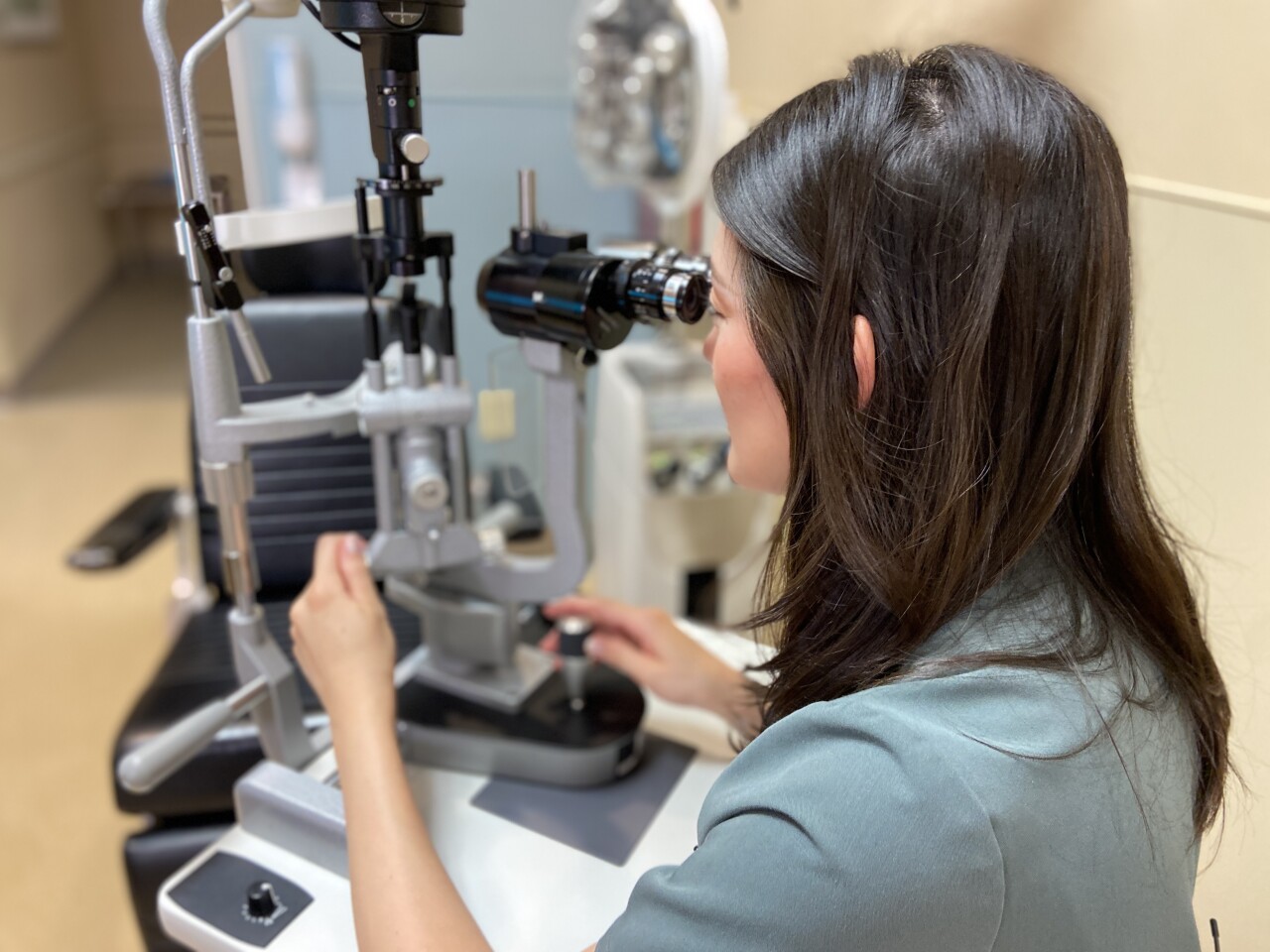NASHVILLE, Tenn. (WTVF) — Post-peak pandemic data shows myopia — commonly known as nearsightedness — spiked in children after COVID-19 lockdowns forced kids to spend more time on their devices.
"Over the last few decades, more and more children are becoming nearsighted, or they have myopia. And this is a trend that we're seeing across the world. We know that when kids become nearsighted, there's some genetic components and also some environmental influences, but it seems really likely that over the last few decades, a significant increase is coming from environmental influences," explained Dr. Stephanie Jian, Vanderbilt Eye Institute pediatric optometrist and ophthalmology and visual sciences assistant professor.
The environmental change Jian said the studies are pointing to is more screen time.
"There are a few large-scale studies mostly out of China where they started lockdown sooner, showing that after COVID lockdowns children, more children became nearsighted," she said.

During COVID lockdowns, kids spent a significant amount of time on computer screens especially when schools were pushed into virtual learning.
"I would say it's been a pretty significant increase. A lot of kids are becoming more nearsighted not only starting to become nearsighted at a younger age, but they're also growing to develop higher levels of nearsightedness in their youth," said Jian. "They found that the younger children, particularly the ages, from 6 to 8, were more susceptible they think to these pandemic-related increases in nearsightedness."
Jian said the Vanderbilt Eye Institute is already treating some pediatric patients with myopia management to try and slow down the myopia progression.
"There are eyedrops. Low dose atropine eyedrops, some contact lens options, potentially, in the future, some different designs for glasses that will help to slow down that progression of nearsightedness, which is very exciting," said Jian. "And then hopefully in the near future, some spectacle glasses, lens designs that are already being used in other parts of the world. Still working on getting access to them here in the U.S."

"We think that children, when they're younger, maybe in that 6 to 8-year-old age range, especially those who might have a family history of parents who are nearsighted and need glasses are particularly susceptible to some of the environmental changes. So, one child with a strong family history who is a bookworm may be more likely to need glasses than someone who's a bookworm and doesn't have that family history. But across the board, I think taking breaks from that and your work is good," she said.
Those breaks could help slow a child's myopia progression.
"I always recommend regulating screen time or even just extended your work," said Jian. "I find that most families already have some type of screen time guidelines at home. And what I also encourage is not only limiting it overall, but limiting how much they spend in one session, looking at something up close... do something else with your eyes and then if you want to go back later and go back to reading or on the tablet, that's okay, but trying to take breaks from staring up close for too long."
To read one of the studies, click here.
This article was written by Claire Kopsky for WTVF.


